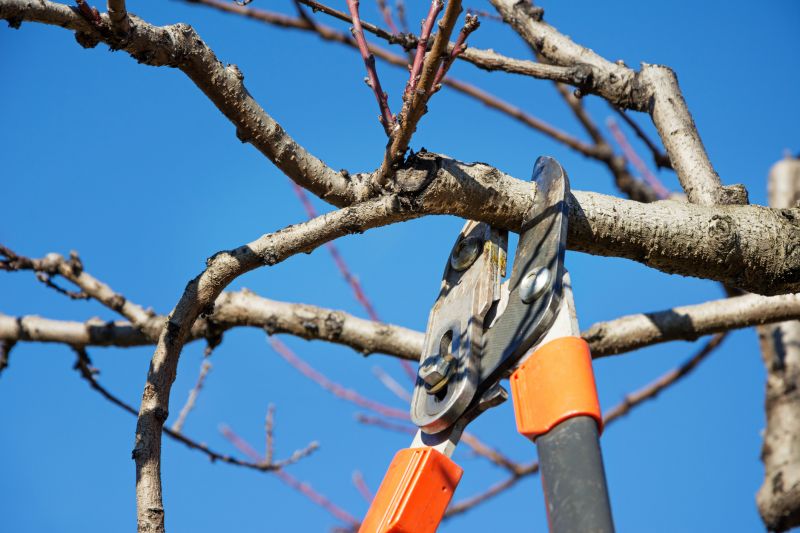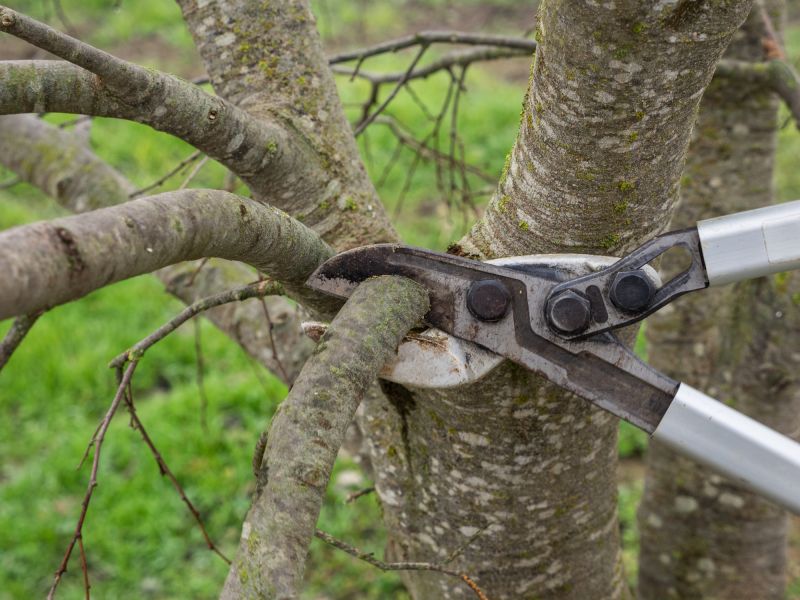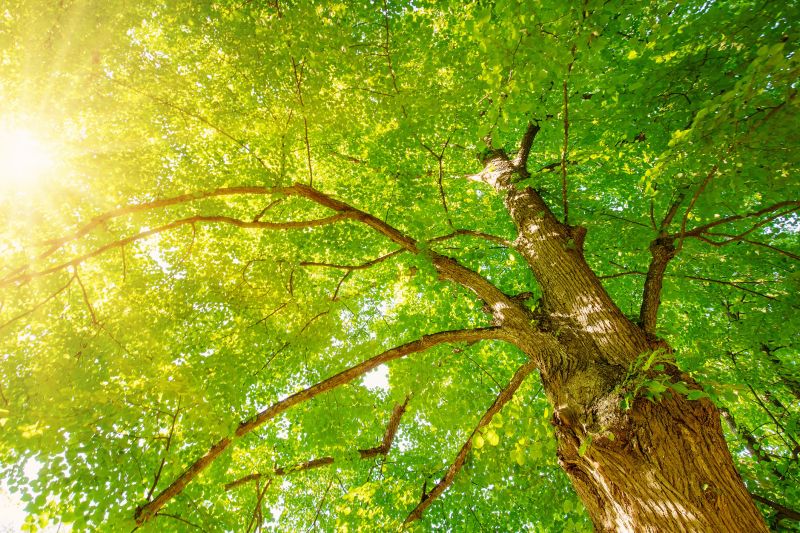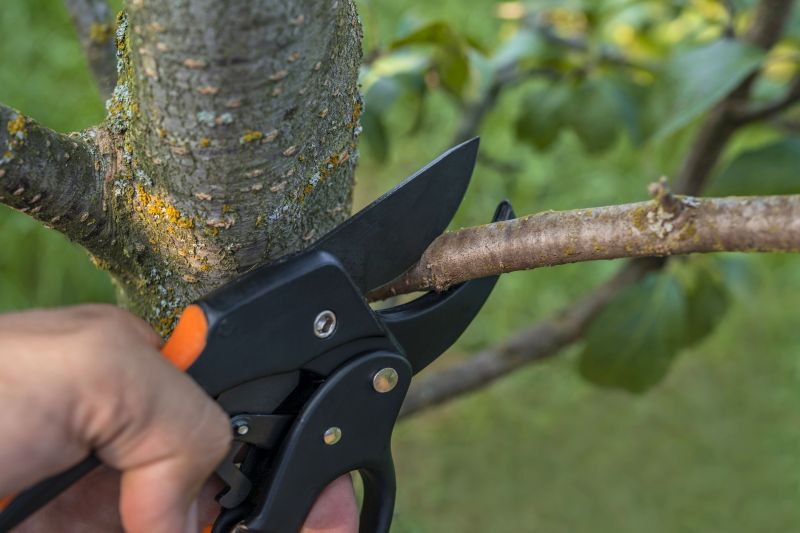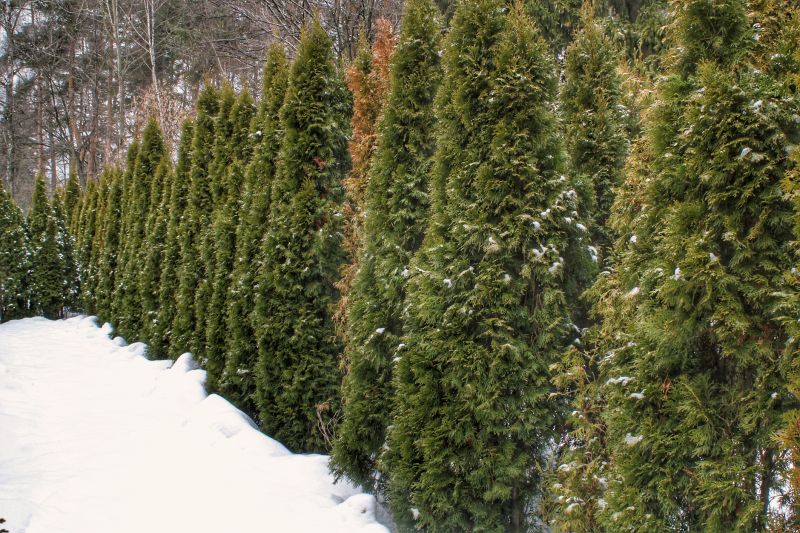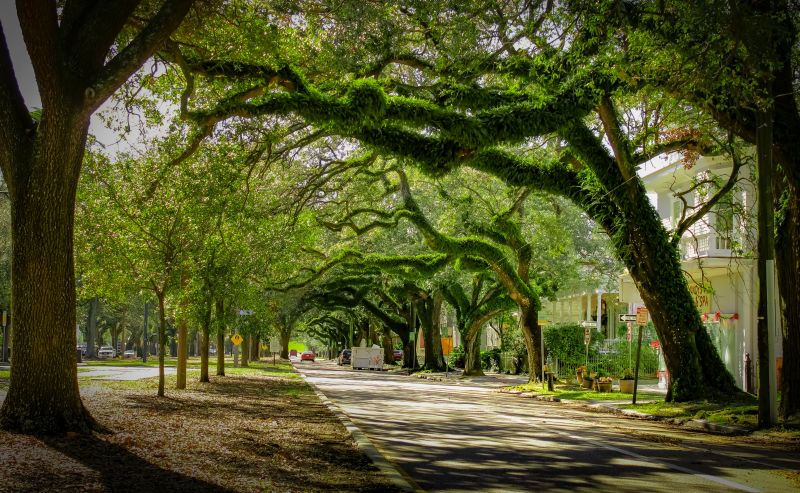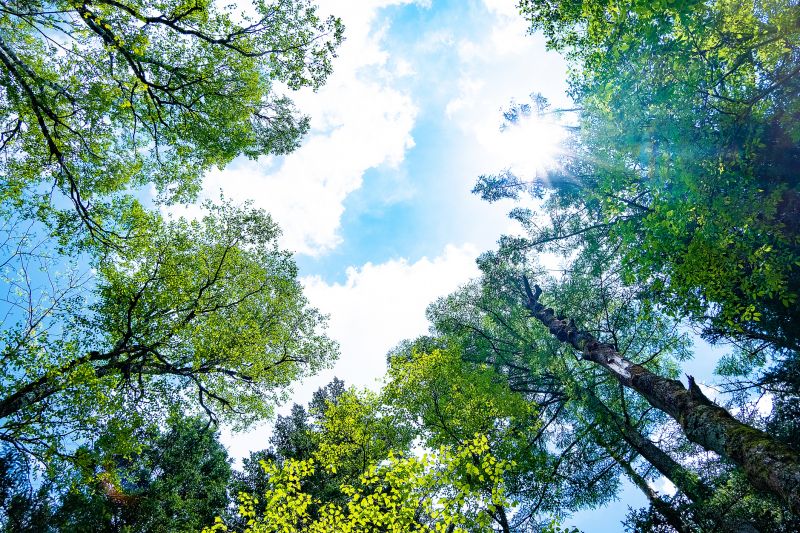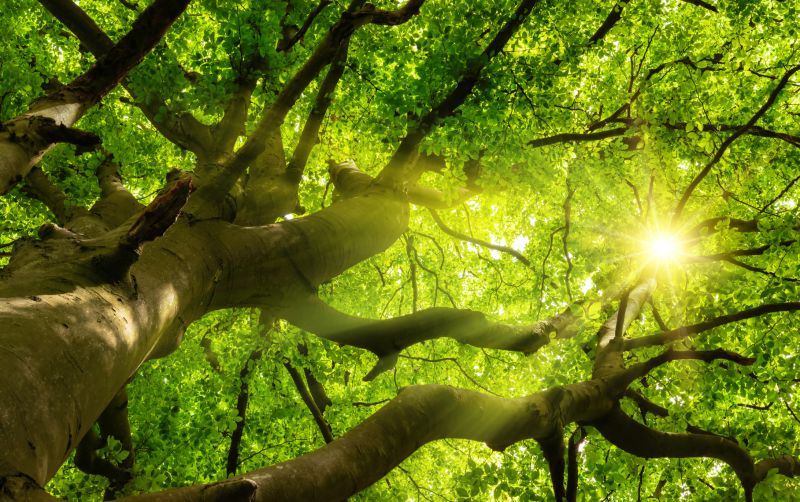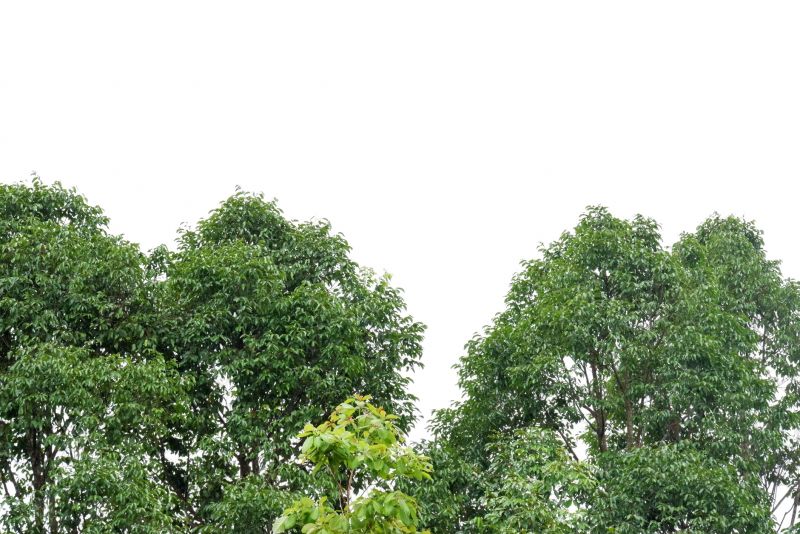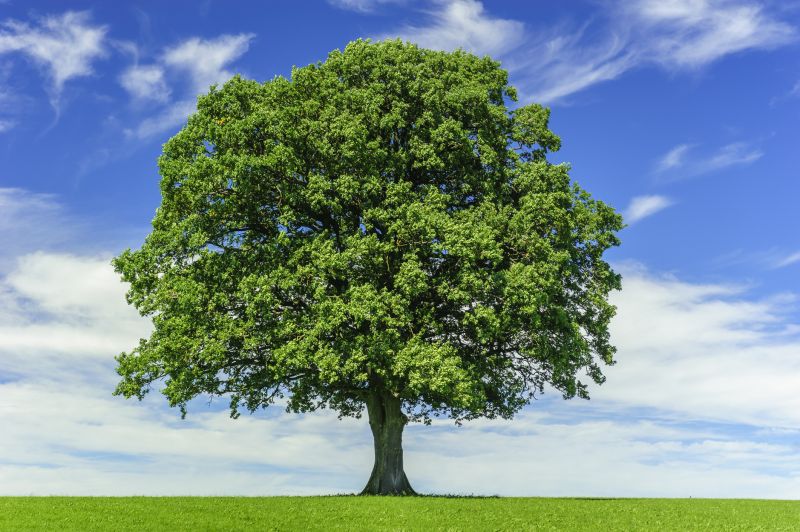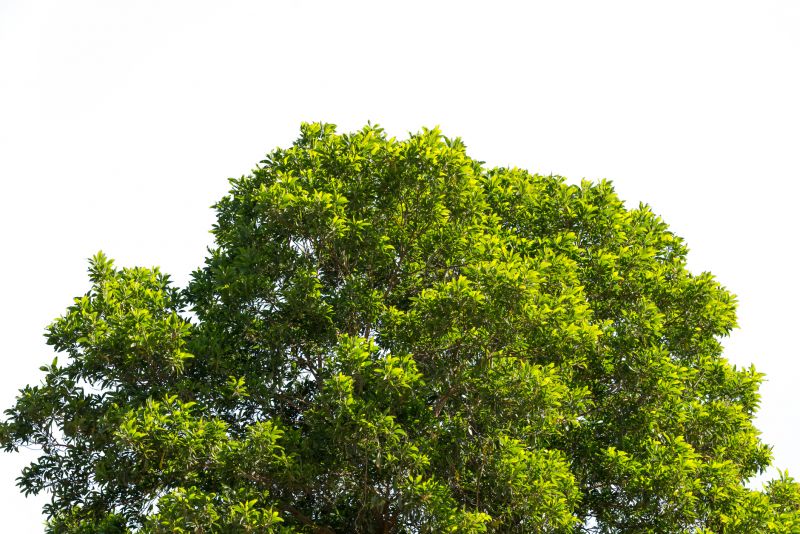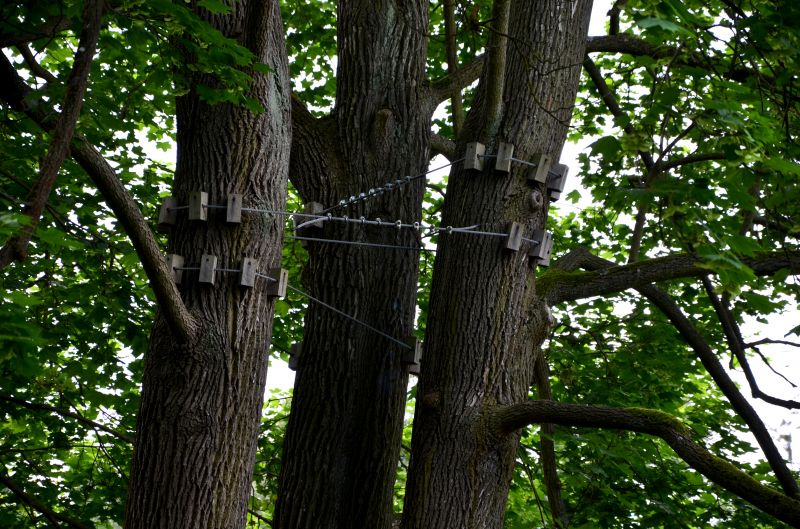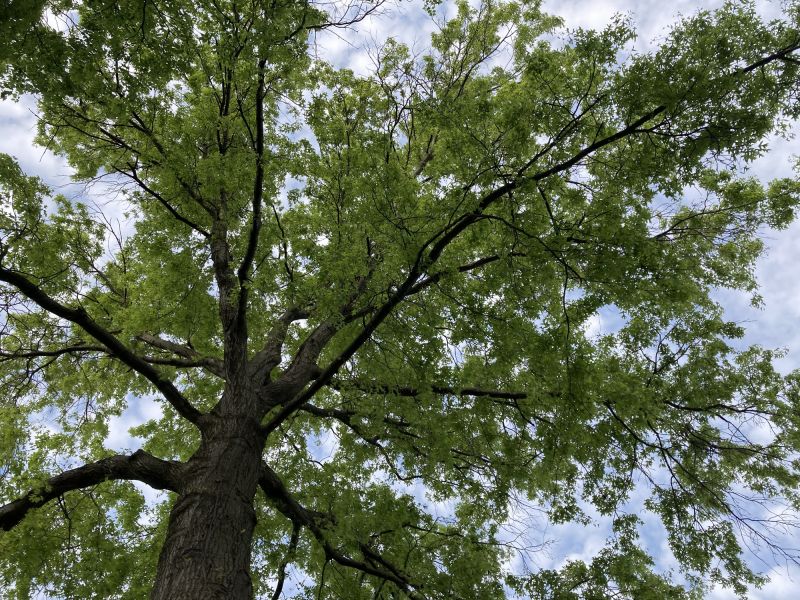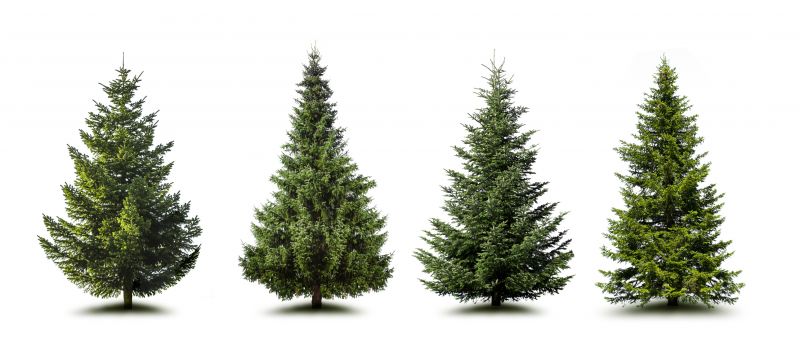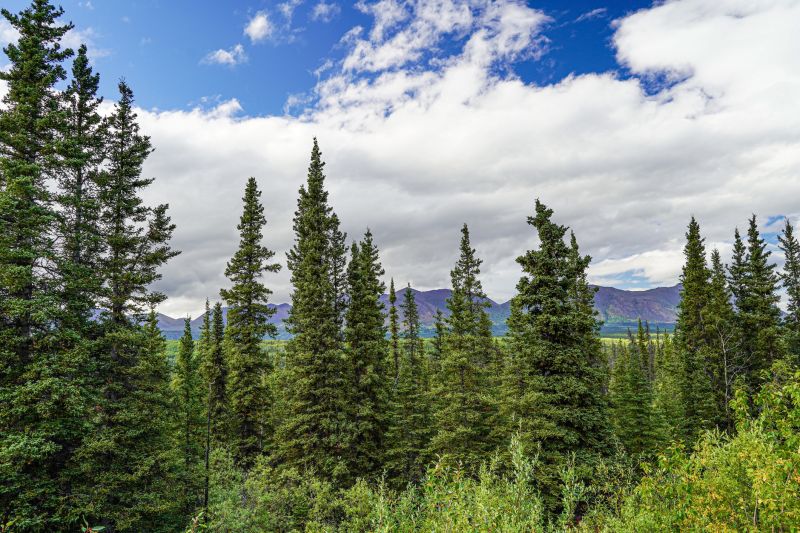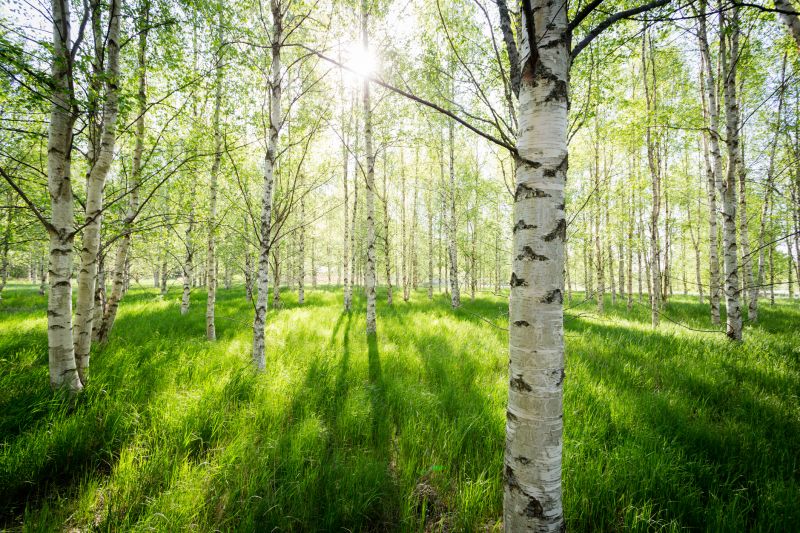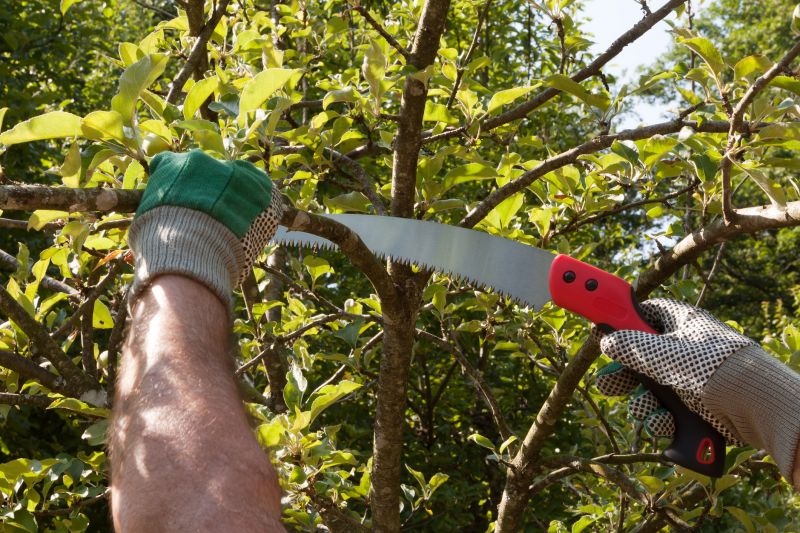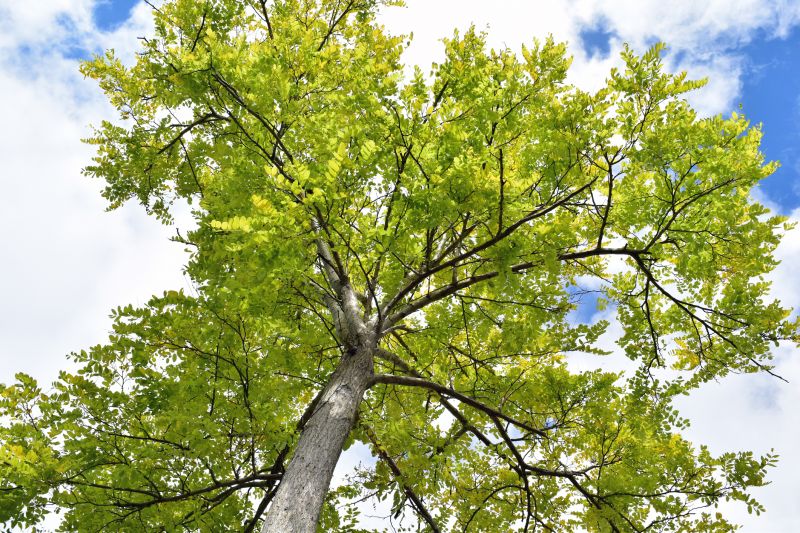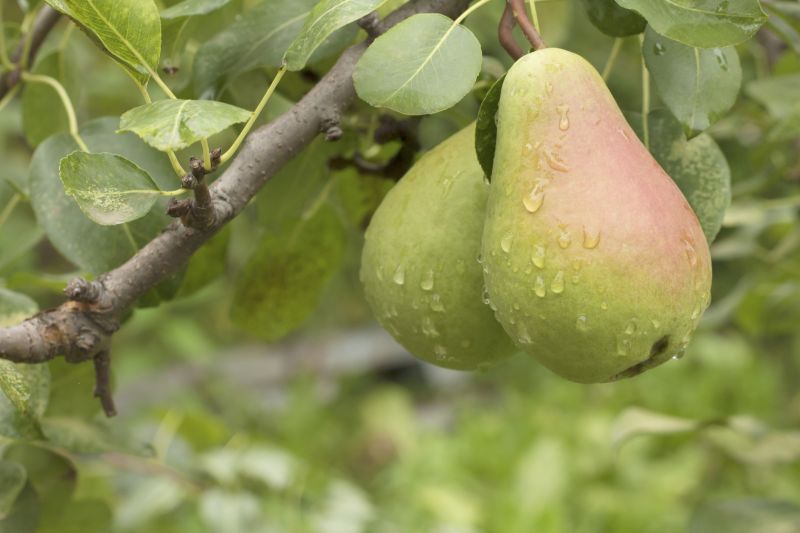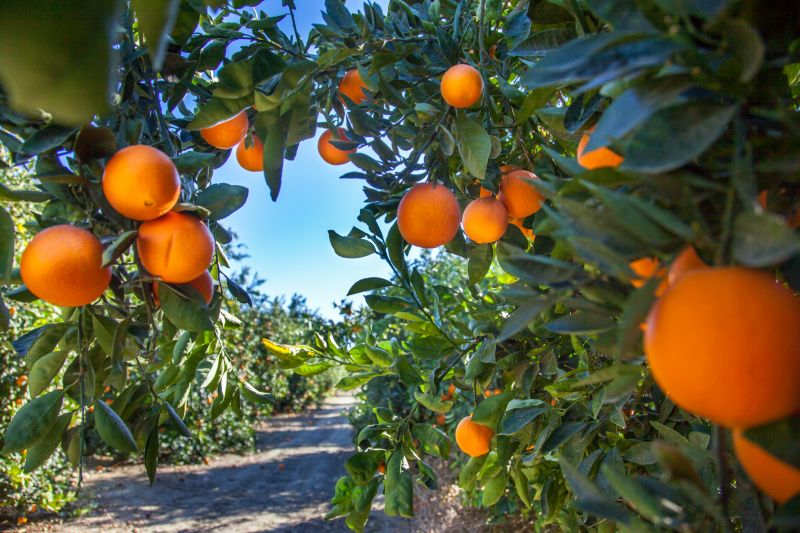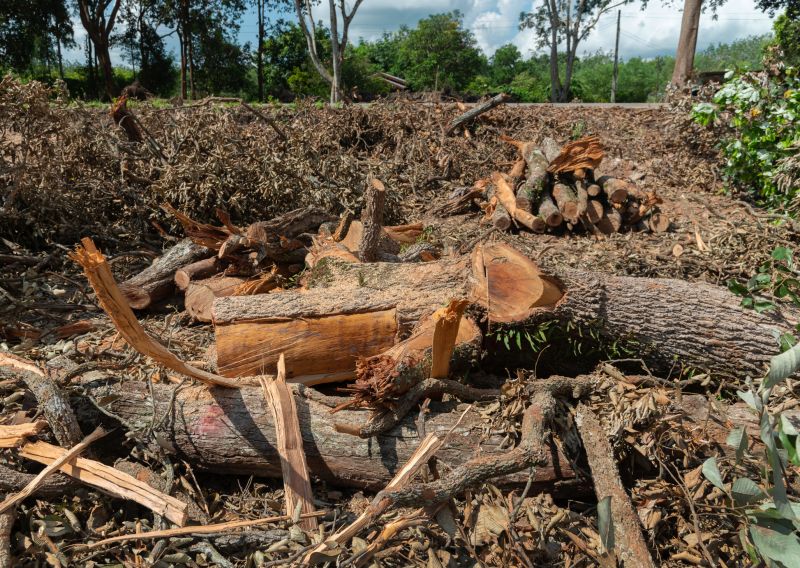
Tree Deadwood Removal | How To
Get help with your tree deadwood removal needs. Fill out the form above and we will connect you with local pros in your area. Tree deadwood removal refers to the process of eliminating dead or decaying branches from trees. Deadwood can pose a risk to property and people, as it is more prone to falling during storms or strong winds. By removing deadwood, tree owners can enhance the safety and aesthetics of their surroundings. Professional arborists are well-equipped to handle tree deadwood removal, utilizing specialized tools and techniques to ensure the job is done efficiently and effectively. Regular deadwood removal promotes the overall health of trees, preventing the spread of diseases and pests. It is essential to hire experienced professionals who have the expertise to identify and safely remove deadwood, ensuring the longevity and vitality of trees.
How to Do Tree Deadwood Removal
Step 1: Assess the Tree
Before starting the deadwood removal process, carefully assess the tree. Look for any dead or dying branches that pose a risk of falling. Also, check for signs of disease or decay.
Step 2: Gather the Necessary Tools
Make sure you have the right tools for the job. Some essential tools for tree deadwood removal include:
- Pruning shears
- Loppers
- Pruning saw
- Safety goggles
- Gloves
Step 3: Start with Small Branches
Begin by removing small dead branches using pruning shears or loppers. Cut the branch at the base where it meets the main stem or larger branch. Make sure to cut just outside the branch collar to promote proper healing.
Step 4: Remove Larger Deadwood
For larger dead branches, use a pruning saw. Make an undercut about 12-18 inches away from the main stem or larger branch. Then, make a top cut slightly outside the undercut. This prevents the branch from tearing the bark as it falls.
Step 5: Clean Up the Debris
As you remove deadwood, collect and dispose of the debris properly. Cut branches into smaller pieces for easier handling and disposal. Do not leave any deadwood on the ground, as it can attract pests or contribute to the spread of diseases.
Step 6: Monitor the Tree
After completing the deadwood removal, monitor the tree for any signs of new dead branches, disease, or other issues. Regularly inspect the tree to ensure its health and address any problems promptly.
Step 7: Consider Professional Help
If the tree has extensive deadwood or you are unsure about the removal process, it is recommended to seek professional help. Arborists or tree care specialists have the expertise and equipment to safely remove deadwood and assess the overall health of the tree.
By following these steps, you can effectively remove deadwood from trees and promote their overall health and safety.

